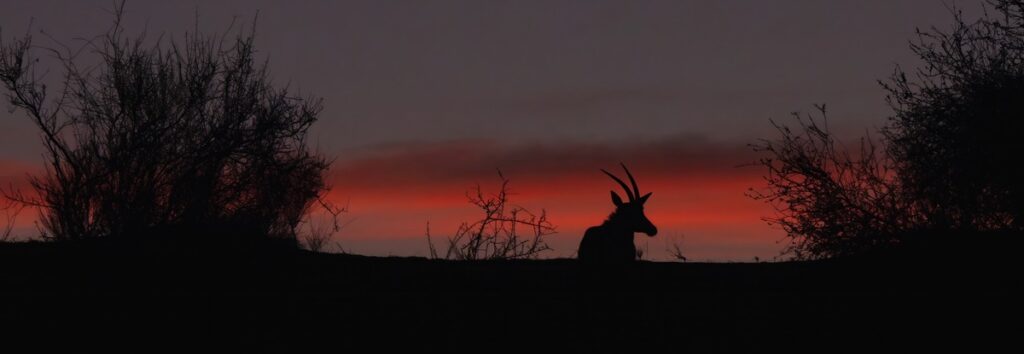
I returned to Nambia after 40 years. Of the first trip I did not keep a good memory. Kilometres and kilometres of roadside properties all recentered. Difficult for wild animals to move freely. On this second trip I found that nothing has changed since then.
The Republic of Namibia is known for its extraordinary wilderness rich in a multitude of plants and animals. The country is home to numerous private nature reserves and national parks, which provide habitats for many creatures.
Namibia is home to some of the world’s most spectacular deserts.
The country is home to some of the most spectacular deserts in the world. These include the Namib Desert, which is a coastal desert stretching more than 2,000 kilometres along the Atlantic coasts of Angola, Namibia and northwestern South Africa. It is one of the oldest deserts in the world, having suffered intense aridity or semi-aridness for between 55 and 80 million years. Wonderful are its sand dunes, some of which are up to 300 metres high and 32 metres long. The contrast of the reddish dunes with the blue sky is an extraordinary sight, to say the least. The area also includes Deadvlei, which is the place where the remains of ancient trees stand on a white clay base, surrounded by imposing dunes. It is possible that these ancient trees died 600 or 700 years ago and despite their age, the skeletons of these trees have not decomposed due to the tremendously dry climate. Their presence makes the landscape surreal and hauntingly beautiful.
Namibia has a significant population of German citizens, known as German Namibians. They are descendants of the settlers who settled here at the end of the 19th century. Currently, the approximately 30,000 Namibians of German origin make up 2% of the population but own approximately 70% of the country’s land. They have retained a German culture through their schools, churches and German-language broadcasting.
The Himba, also known as Ovahimba, are an ethnic group living in Kaokoland (Kunene region) in northern Namibia. They are (were) a nomadic herding people, closely related to the Herero people. The women cover their bodies with a red mixture of butter, ochre and herbs (this may be to protect themselves from the sun), although it is increasingly being replaced with industrial Vaseline.
Their hairstyles indicate different moments in their lives: in girls, their hair is gathered in two large braids that fall forward at the sides of the face then, these braids increase in number and when they marry, they add a goatskin bun to hold their hair back. Bachelors and children are shaved but they are left with the ‘bachelor’s tail’.
I had the impression that now, their traditions are only preserved to satisfy the curiosity of the increasing number of tourists who visit these places. It was not a pleasant feeling.
The Oshiwambo, on the other hand, are a Bantu group that lives mainly in the north of the country and accounts for about half of Namibia’s population. They are an agriculturally related ethnic group who cultivate millet, maize and sorghum. They are also dedicated to cattle breeding.
Last update: 09/02/2025



















